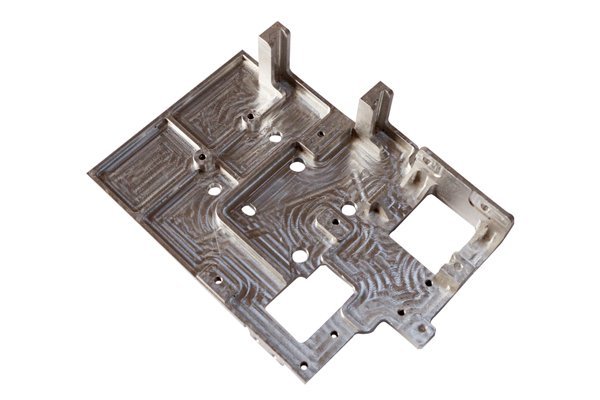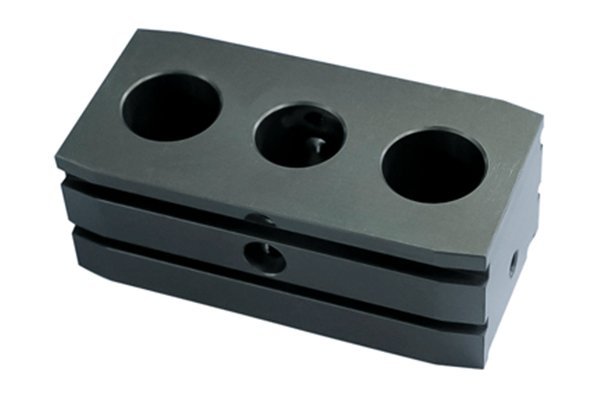Opening
Did you know that the precision of your CNC machined components can vary by as much as 30% simply based on the materials selected? In an era where technology is evolving faster than ever, the significance of choosing the right materials for CNC processing cannot be overlooked, especially in the electronics industry, where minute imperfections can lead to substantial performance issues.
Understanding how material selection influences machining accuracy is crucial not only for manufacturers but also for engineers and designers who rely on precision components to ensure their innovations work flawlessly. This blog will delve deep into the intricacies of CNC processing materials, how they affect accuracy, and what solutions are available to enhance performance.
—
The Importance of Material Selection in CNC Processing
CNC (Computer Numerical Control) processing is a pivotal technology in shaping, cutting, and manufacturing intricate parts and assemblies with high precision. The materials selected for CNC machining play a significant role in the ability to meet rigorous tolerances, surface finishes, and performance specifications.
How Material Properties Affect CNC Processing
—
Detailed Solutions to Improve CNC Machining Accuracy
Understanding the challenges posed by different materials is merely the first step. Below are detailed solutions that manufacturers can implement to enhance accuracy during CNC processing in the electronics industry:
Before beginning the machining process, manufacturers should perform a comprehensive evaluation of potential materials based on application-specific requirements. This involves considering not just the mechanical properties but also thermal and physical characteristics. Material datasheets must be reviewed for hardness, tensile strength, thermal expansion coefficients, and other relevant properties.
Investing in advanced CNC machinery equipped with precision sensors can help achieve tighter tolerances. Modern CNC machines are designed to compensate for thermal deformation and tool wear in real-time, thus enhancing overall machining accuracy.
Choosing the right tools for specific materials is crucial. Tools made from high-speed steel (HSS) or carbide are suitable for harder materials, while coated tools can help minimize tool wear and improve surface finish. Additionally, ensuring tools are kept sharp will reduce the risk of inaccuracies.

Adjusting cutting parameters such as speed, feed rate, and depth of cut can dramatically affect accuracy. Lower feed rates may yield better surface finishes, while higher speeds can reduce cutting time. It’s essential to find a balance that maintains precision while optimizing efficiency.
Implementing cutter cooling systems, such as flood coolant or mist cooling, can significantly control the thermal effects during machining. Staying within the material’s optimal thermal range can help maintain structural integrity and accuracy.
It’s paramount that CNC machines be regularly calibrated to ensure positional accuracy. Even minor deviations in machine setup can lead to compounding errors over time, especially in high-volume production.
Establishing rigorous quality control protocols, including regular inspection and measurement of machined components, helps prevent errors. Techniques like laser measurement systems or coordinate measuring machines (CMM) can be crucial for verifying dimensions against tolerances.
—
The Contributions of what CNC Material Choices Result in Accuracy
CNC processing in the electronics industry requires precision and reliability, not only for components but also for overall product functioning. From consumer electronics to intricate aerospace applications, the choice of materials directly impacts factors such as performance, reliability, and user safety.
Leading to Improved Product Reliability
Components that are machined from well-suited materials can withstand operational demands, reducing the risk of mechanical failure and improving overall product lifespan. Through careful material selection, manufacturers can enhance the durability of their products.
Cost Efficiency in Production
By optimizing CNC machining processes through material selection, manufacturers can reduce waste and tooling costs, leading to overall cost savings. Efficient processes are crucial in today’s competitive environment.
—
: The Takeaway
The intricacy of CNC processing in the electronics industry reveals that material selection is not merely a technical detail; it’s a fundamental component that can significantly impact accuracy and performance. The right material choice combined with advanced CNC techniques ensures that products meet stringent industry specifications, fostering innovation and enhancing user satisfaction.
As the landscape of technology evolves, so must our approaches to manufacturing processes. Engaging with the realities of material science and CNC processing will empower businesses to remain at the forefront of their industry, driving quality and reliability.
In summary, should you take away one key concept from this blog, let it be this: meticulous material selection is not just crucial; it’s imperative for ensuring accuracy in CNC processing for the electronics industry. As you contemplate your next project, remember that the longevity, efficiency, and reliability of your products hinge significantly on this foundational choice.
Related Posts
- Certainly! Here’s a question-style FAQ title selected from your keyword list: How do sustainable practices for composite materials in CNC machining differ from traditional materials?
- What is the measurement method for RA 0.8 finish in aluminum CNC machining, and why is it important?
- How do environmental protection measures influence CNC machining practices in manufacturing?






